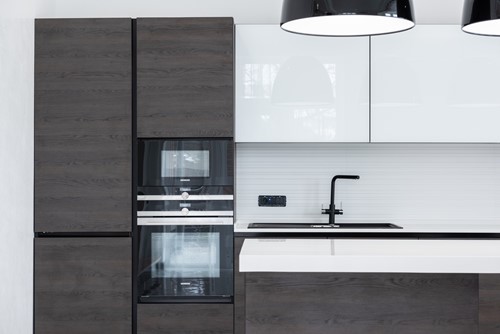
A mini hydroponics system serves as a fun way to grow all your favorite fruits and vegetables all throughout the year. The plants get their nutrients from flowing water instead of soil, letting you skip the dirt in favor of something a little fancier. You can then control every aspect of their nutrient intake and grow a ton of plants in a small footprint. Ready to get started? Here’s what to do.
What You Will Need
Although it is easy enough to operate, a mini hydroponics system requires many supplies and a couple hours of setup time.
You will need:
-
20-gallon fish tank or plastic tote
-
Submersible water pump
-
Air stone and pump
-
PVC pipe with end caps
-
Rubber tubing
-
Indoor grow lights
-
Surge protector
-
Hydroponics pots
-
Growing medium (coco chips, rocks, oasis cubes, etc.)
-
Nutrient solution
-
Seeds
Also, grab a drill with a hole saw and several large bits, so you can create spaces for your pots in the PVC pipe plus inlet and outlets for the water.
How to Get Set Up
Once you have your supplies, you will need to follow these steps to create your mini hydroponics system.
-
Find a place near an electrical outlet to set up your mini hydroponics system.
-
Place the tote or fish tank in its permanent position and put the air stone on the bottom.
-
Run tubing from the air stone to its pump and hook up the surge protector.
-
Put the water pump in the other side and suction it to the side of the tank.
-
Fill up the tank halfway with distilled water and mix in the nutrient solution.
-
Cut holes in the PVC pipe to fit up to six pots along its length.
-
Cut a smaller hole in the upper surface of the pipe near the last pot.
-
Cut a hole along the bottom of the tube on the other side to create a drain.
-
Place the tube from the water pump into the hole in the upper surface.
-
Plug in the air and water pump to the surge protector.
Once you plug in the pumps, the air pump will aerate the water to give your plants oxygen as they grow. The water pump will send water through the PVC pipe, which will then flow back down into the tank through the drain hole. This system needs to run constantly to keep your plants thriving.
After completing your steps, your mini hydroponics system is ready for plants. Add the pots to the pipe, place growing medium inside and plant your seeds. Leafy greens work the best in this type of system, but you can experiment with different plants to see what you like to grow. Also, don’t forget to install your LED grow lights about 12- to 24-inches above the tank.
Upkeep of Your Garden Hydroponics System
You will need to regularly check the pipe to make sure that the roots are not clogging your pipe or drain. If so, you can trim the roots back slightly or remove that plant and put new seeds in its place.
You will also need to change the water about once every couple of months to keep the nutrient solution fresh enough for your plants. Make sure to clean the tank thoroughly when you do that to prevent mold, mildew and algae growth.
As you figure out which plants thrive in your system, you can treat yourself to fresh fruit and veggies of all kinds. Even herbs are worth trying to grow once you have a good understanding of gardening hydroponics.

